Renault Reveals 2014 engine: The Energy F1-2014
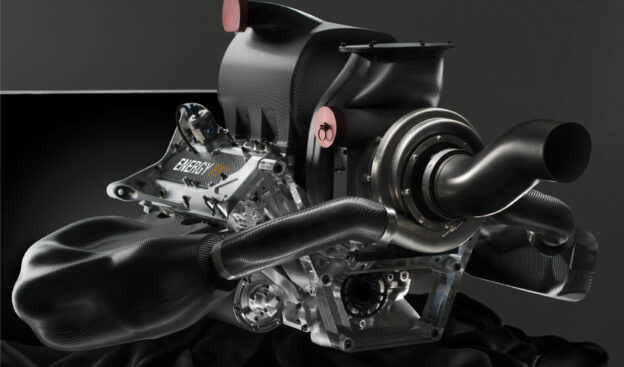
 In 2014 Formula 1 will enter a new era. After three years of planning and development, the most significant technical change to hit the sport in more than two decades is introduced.
In 2014 Formula 1 will enter a new era. After three years of planning and development, the most significant technical change to hit the sport in more than two decades is introduced.
Engine regulations form the major part of the coming revolution, with the introduction of a new generation of Power Units that combine a 1.6 litre V6 turbocharged engine with energy recovery systems that will dramatically increase efficiency by harvesting energy dissipated as heat in the exhaust or brakes.
The maximum power of the new Power Unit will exceed the output of current V8 F1 engines however fuel efficiency will be radically improved. With only 100kg permitted for the race, the new units will use 35% less fuel than their predecessors.
Alain Prost, Renault ambassador and four-times Formula 1 World Champion
“From 2014 we will bring engines to the fore and redress the balance in F1. An engine is the heart of a car, from next year it returns to the heart of our sport.”
For several years, Renault has used its racing know-how to develop fuel efficient engines for road cars, notably its Energy range. The objectives are clear: maintain or improve driving pleasure, vitality and acceleration with downsized engines to achieve lower fuel consumption and CO2 emissions.
Renault has employed these principles in developing the F1 Power Unit, creating a complete, and genuine, circular development process between road and track.
For these reasons, Renault has named the F1 Power Unit series ‘Energy F1’; clearly illustrating that the F1 Power Unit shares the same DNA as its road-going cousins.
Jean-Michel Jalinier, President of Renault Sport F1
“From next year, one of greatest challenges in F1 will be to maximize energy efficiency and fuel economy while maintaining the power output and performance expected of F1 cars. Renault has pioneered this technology in its road car engine range with the Energy series. Naming the Power Unit Energy F1 creates an unbroken range, from the Clio through to our competition department.”
RS27 VS Energy F1-2014
In the schedule on the left you can see the big differences between this years V8 engine and 2014 V6 turbo engine.
The biggest changes is off course the 800 cc less displacement. This means 33% less power if the new engine had no turbo. Another big change is the size, rev limits and 2 cylinders less. The 2 cylinders less and lower rev's also mean less power that has to be compensated by the giant turbo.
With a road car you would also see the difference in horsepower and so on. But in F1 that's secret information. Renault tells us the engine has more power then the old one, but has far less fuel consumption. These fuel savings are also because of the doubled power of the electric engine. The KERS system will generate 120 kW instead of this years 60 kW. 120 kW is about 156 bhp.
The successors of the new 2014 F1 Renault engine look like this:
Here you can see some more images of the new Renault V6 engine:
✅ Check out more posts with related topics:




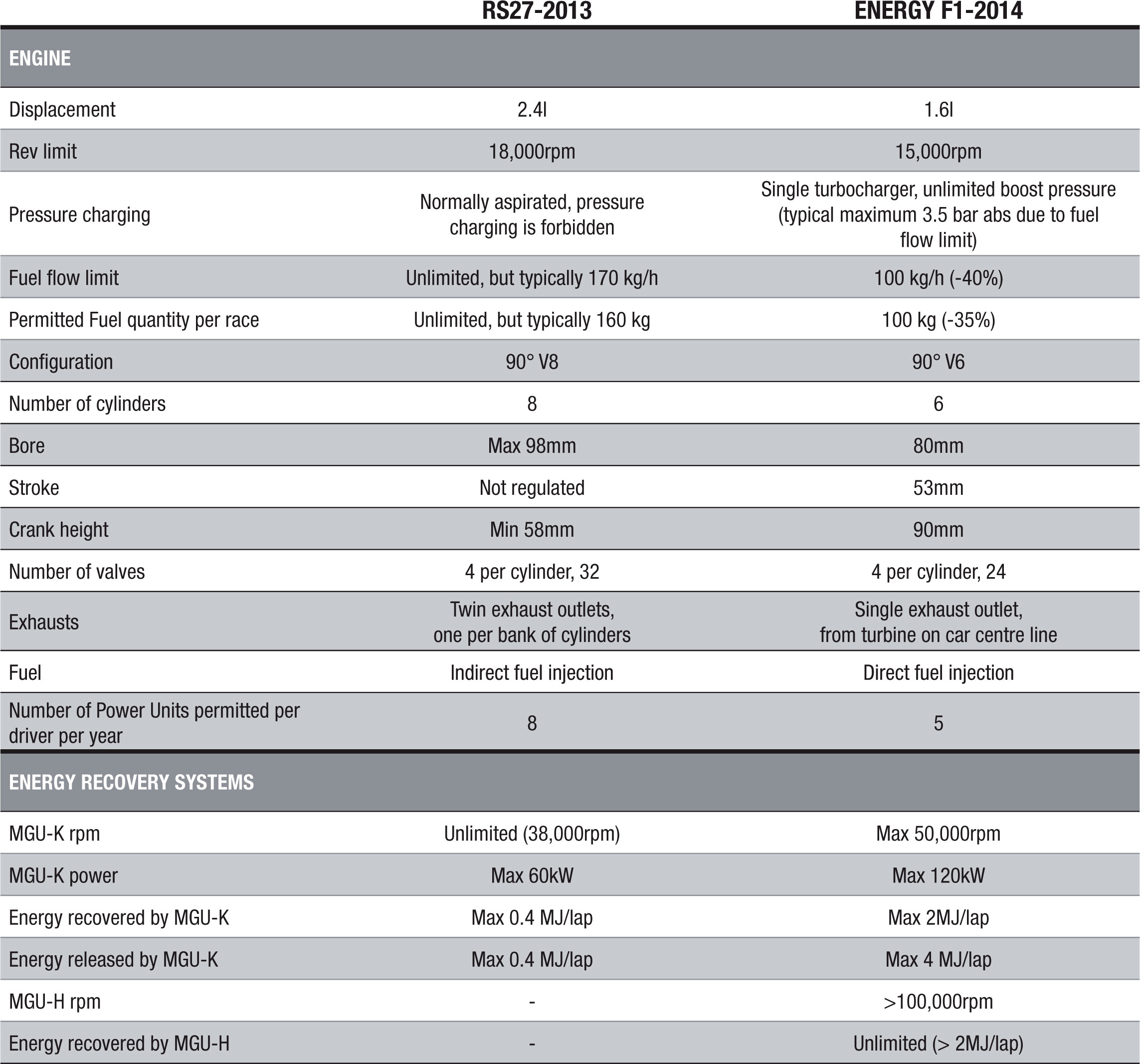
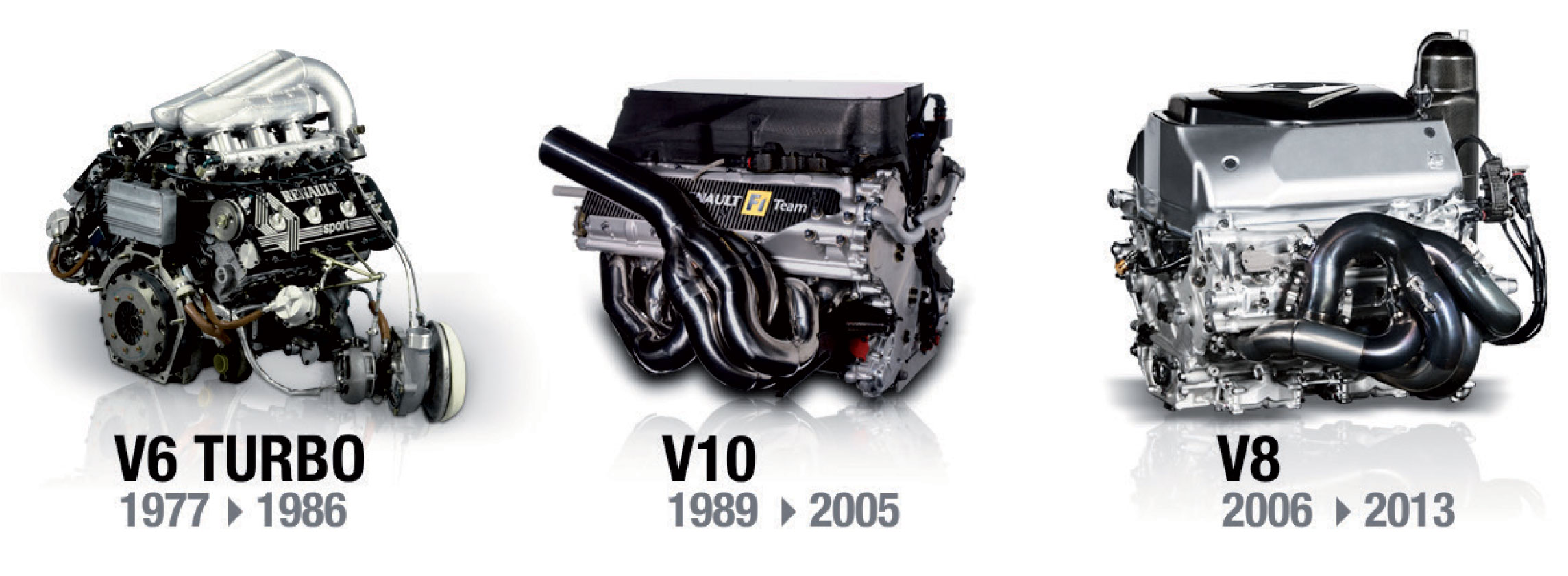
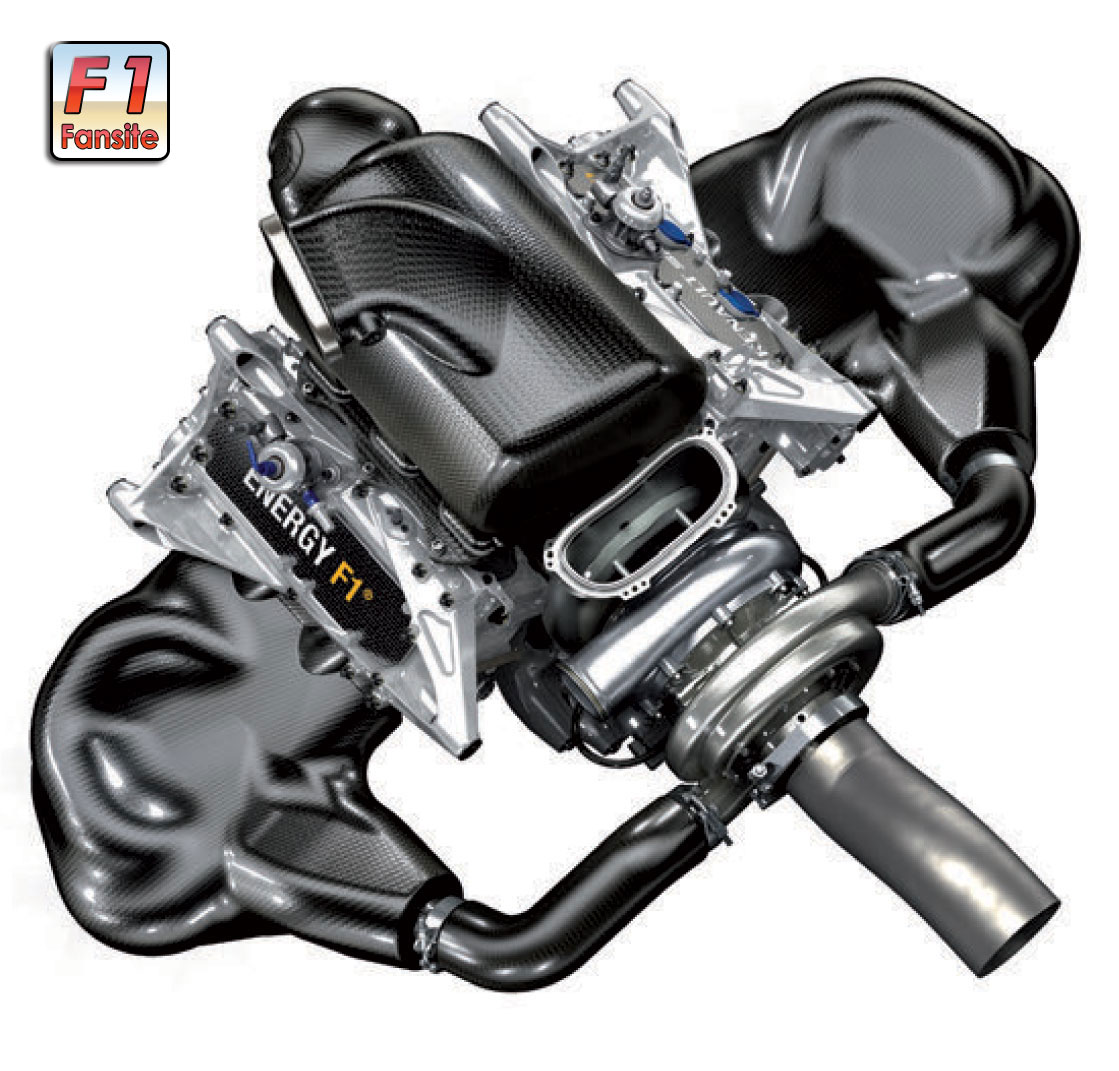
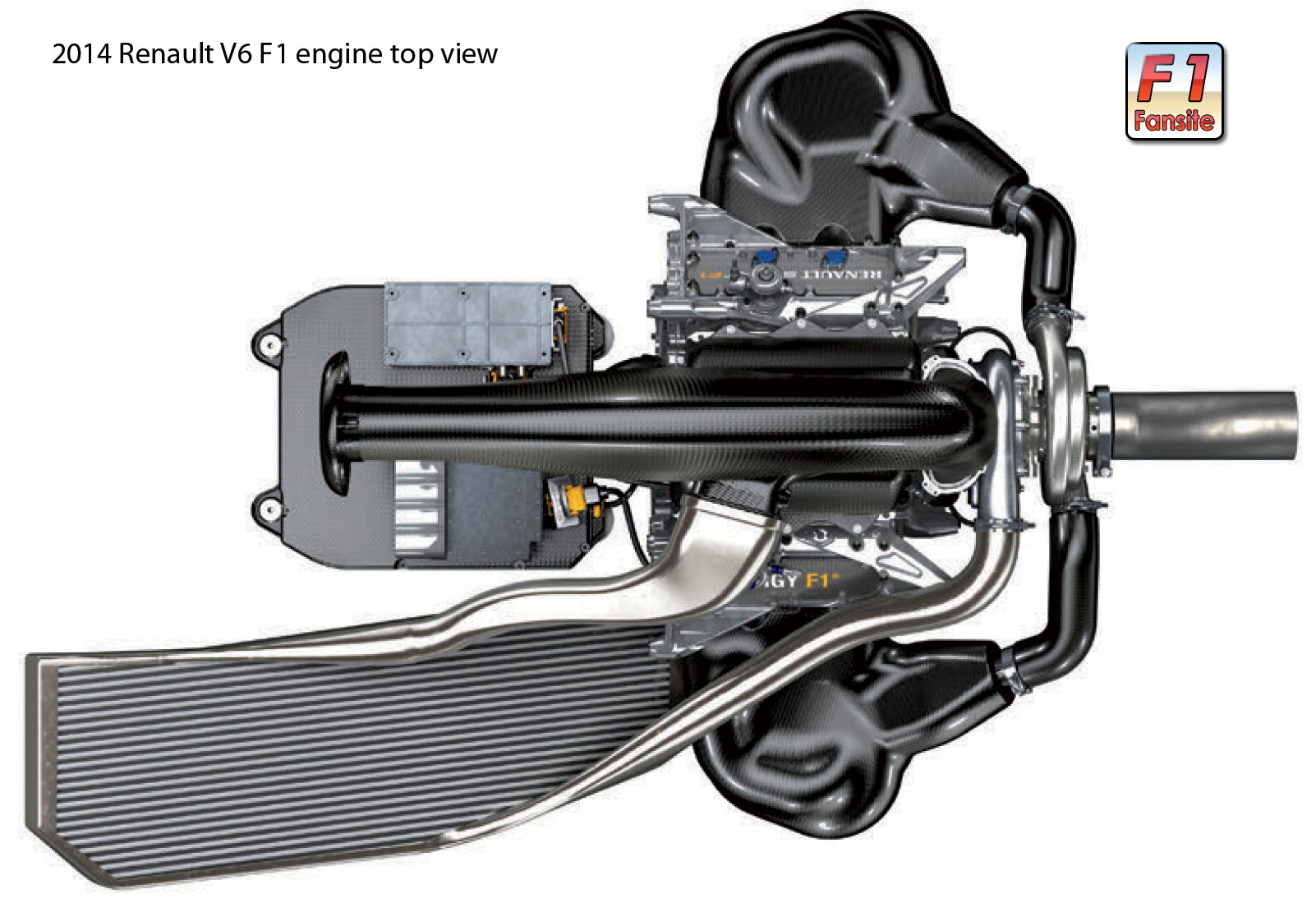
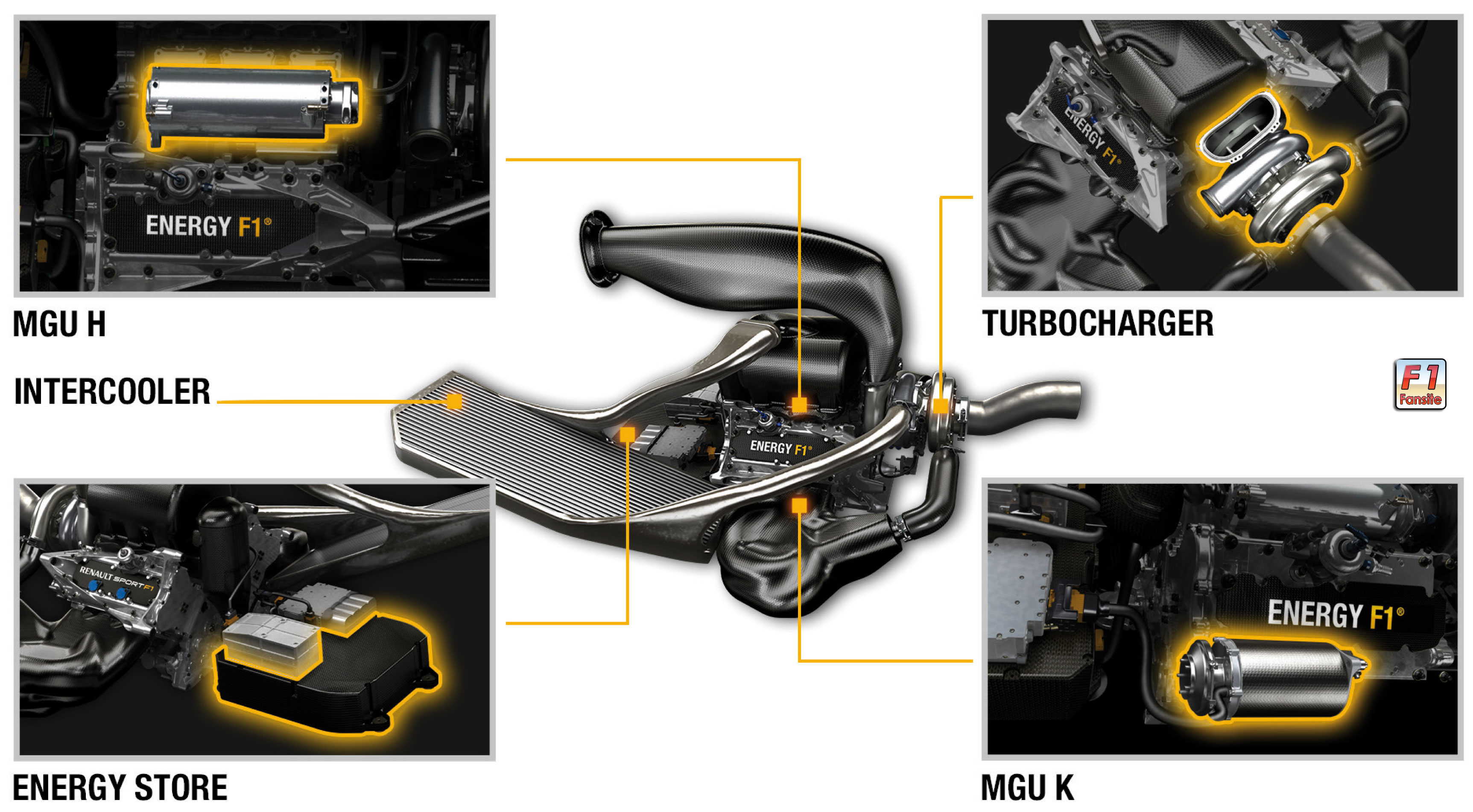
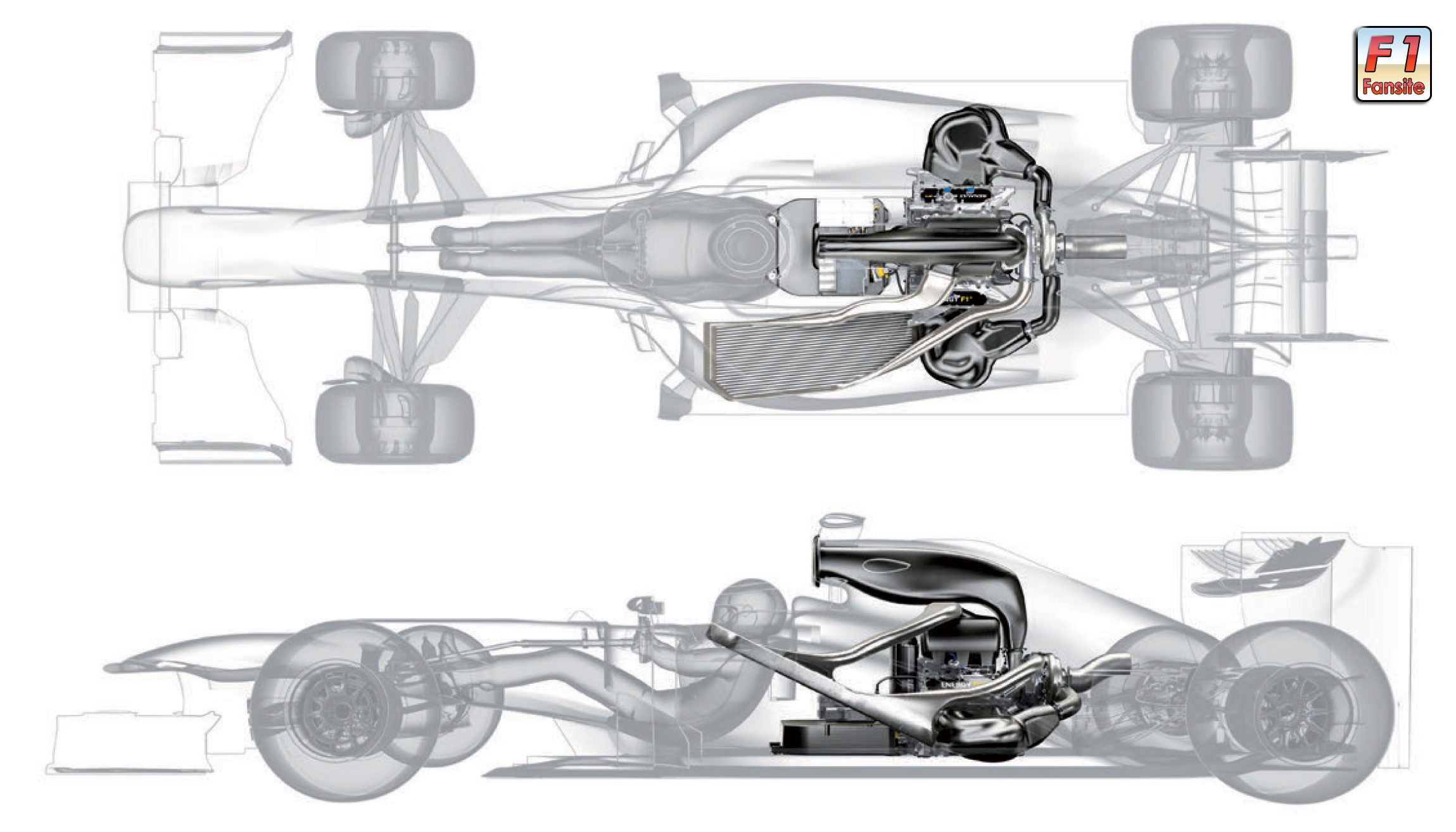

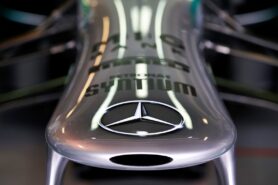









esaustivo
✅ Checkout the latest 50 F1 Fans comments.